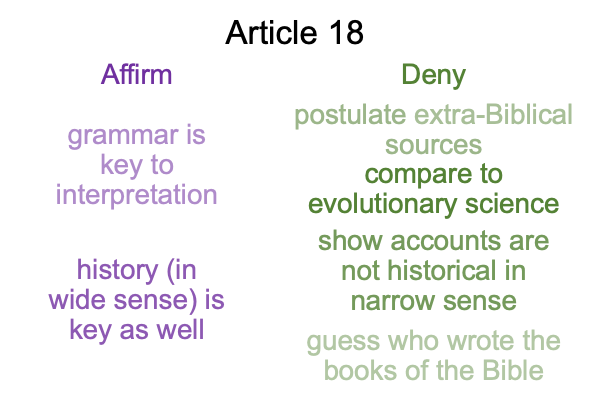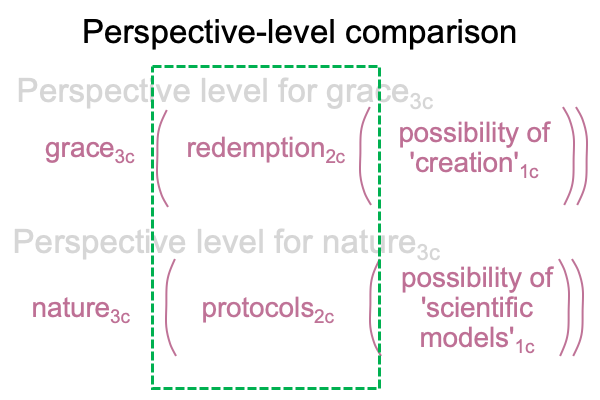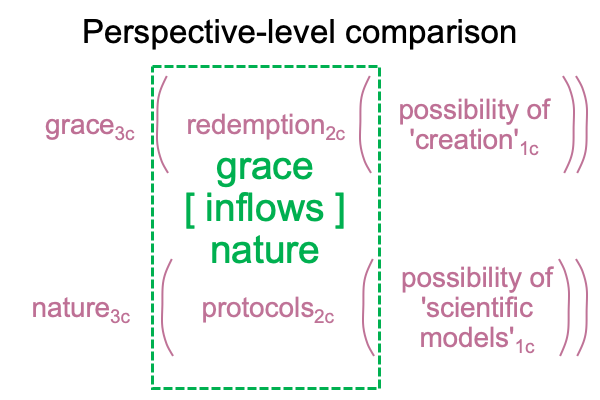Looking at Hugh Ross’s Book (2023) “Rescuing Inerrancy” (Part 1 of 25)
0001 The full title of the book before me is Rescuing Inerrancy: A Scientific Defense (2023, Reasons To Believe Press, Covina California). The author, Hugh Ross, is an excellent writer and a Christian scientist. The qualifier is crucial here, because biblical inerrancy is mysteriously conjunct the modern construct of scientific inerrancy. “Conjunct” means “stuck with”.
0002 The book has both a greek and a semitic architecture. As noted in The Instructor’s Guide to An Archaeology of the Fall (by Razie Mah, available at smashwords and other e-book venues), the two literary styles represent different types of recognition.
The greek argument presents a variety of opinions, weeds out the inadequate ones, then proclaims the one left standing, the winner. One might call it “linear thinking”. The greek style dominates the second half of the book (chapters 12 through 20), concluding with the proposal of a “model approach”.
The semitic style presents various rhetorical tricks, aiming to induce the reader to recognize a possibility. Am I saying that the Bible is full of rhetorical tricks? I suggest the reader look at the appendix of Ross’s book on that one. Or, consider the Genesis use of the word, “day”, in the Creation Story. The word leads to a flight of fancy, so to speak, asking the reader to recognize that the reported events are themselves, a flight of… what?… not of fancies, but of revelations… or significations… that become more and more esoteric (or hidden) even as they appear more and more exoteric (or obvious).
0003 What about Adam and Eve, fashioned from dust and rib, respectively?
Oh, they end up getting fooled by a talking snake.
0004 Christians are fine following the exoteric lessons and scratching their heads about some of the esoteric implications.
The problem is that Christians are stuck with the sciences. Conjunct! Science is all about truncated material and efficient causalities. Truncated? Scientific causalities are shorn of formal and final causation. Formal and final causes are metaphysical (a step beyond physics) because they concern triadic relations. It is like being able to account for all the motions (the truncated material and efficient causes) of a mechanical clock without acknowledging that the clock has a design (formal cause) and purpose (final cause)
And, the purpose has ‘something’ to do with us!
0005 The positivist intellect has a rule. Metaphysics is not allowed.
So Christians are conjunct with a positivist intellect who has no idea that the purpose of the Genesis text may have something to do with us, right now, not as we once were at some time in the not-so-distant past. The positivist intellect cannot consider that the first chapter of Genesis may be like a clock or whatever mechanical analogy one wants to use. Is it a story designed to set the “time”? The time of what?
Truncated material and efficient causalities cannot ideate what Christians observe (and sort of… measure, in the sense of “weighing”) in Scripture. Christians struggle to discern what the early chapters of Genesis could possibly reveal. Plus, those possibilities are not obvious at all. Even a plain reading of these stories tells the inquirer, “A plain reading of this text is not enough.”
0006 The Chicago Statement on Biblical Hermeneutics, published in 1982, says as much. Ross lists the relevant articles in chapter three.
For example, in article eighteen, the convening theologians confirm that the text of Scripture is to be interpreted by grammatical and historical exegesis, so that Scripture is used to interpret Scripture. Then, they reject the legitimacy of various modern quests, including postulating extra-Biblical civilizational sources, relativizing the text by comparing it to evolutionary science, demonstrating that the accounts are not “historical” in the modern sense of the word, and rejecting the Bible’s claims to authorship.
Here is a picture.

0007 I ask, “Are these theologians affirming that Genesis 1-11 confronts the reader with the possibility of ‘something’, and that ‘something’ is not obvious from a plain reading of the text?”
They say, “Look at the grammar. Look at what the stories are saying in regards to history, in the widest sense of the term.”
0008 I ask, “Are these theologians denying that Genesis 1-11 can be assessed, compared to, and explained by scientific empirio-schematic inquiry?”
It sure looks that way.
And, that is a problem in a civilization where science appears triumphant.


